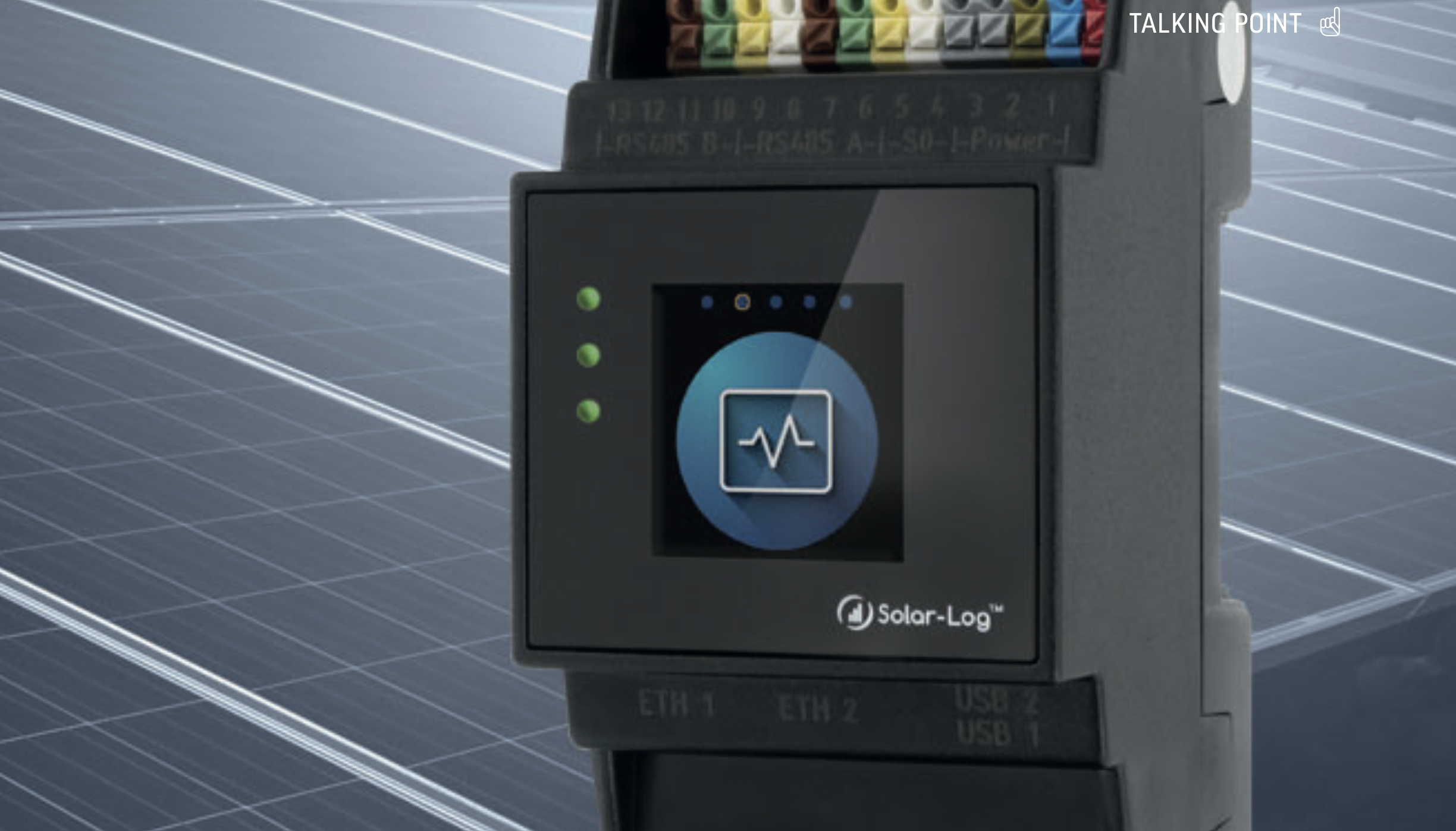Being ‘climate neutral’ means only releasing as much greenhouse gas as can be recaptured or absorbed. Many nations have set themselves this goal, however the path to doing so is lengthy and exacting on all involved. Germany, for instance, has declared its intention to be climate neutral by 2045. To do this in the time available requires pressing ahead consistently with the expansion of renewable energies, amongst other measures, which itself brings new challenges.
Feed-in management simply implemented
The expansion of electricity generation from wind and solar power necessitates a diverse range of action. This includes upgrading the power grid and constructing energy storage facilities, both of which to the required extent are more likely in the medium term. One approach that can be immediately pursued is intelligent management, also referred to as feed-in management, of decentralised energy producers and consumers. Feed-in management allows decentralised electricity producers to feed in their electricity and energy suppliers to ensure the necessary stability of the power grid.
Figure 1 shows how grid operators ensure the balance of the power grid: voltage and frequency. The approach involves balancing supply: production of electricity and demand: consumption of electricity.
The challenges of decentralised energy generation
Feed-in management is therefore about intelligently controlling energy flows. Due to the fluctuating availability of wind and solar energy and because consumption doesn’t remain static, generating plants must be controllable and effective power feed restrictable. This is the only way to ensure grid stability with the increasing number of decentralised generating plants.
Feed-in management was established in Germany in 2012 and has assumed this role for many photovoltaic plants. The major objective then was to integrate decentralised electricity producers into the power grid without having to expand it right away.
Some 9 years on, new rules are needed for the controllability of photovoltaic plants. This is because it’s now about suitably equipping the increasing number of generating plants to cope with future requirements. Grid stability in this respect is tested in particular by new technologies such as e-mobility and heat pumps, i.e., continually increasing energy requirements, alongside sluggish grid expansion and lacking storage capacity.



























